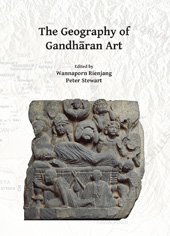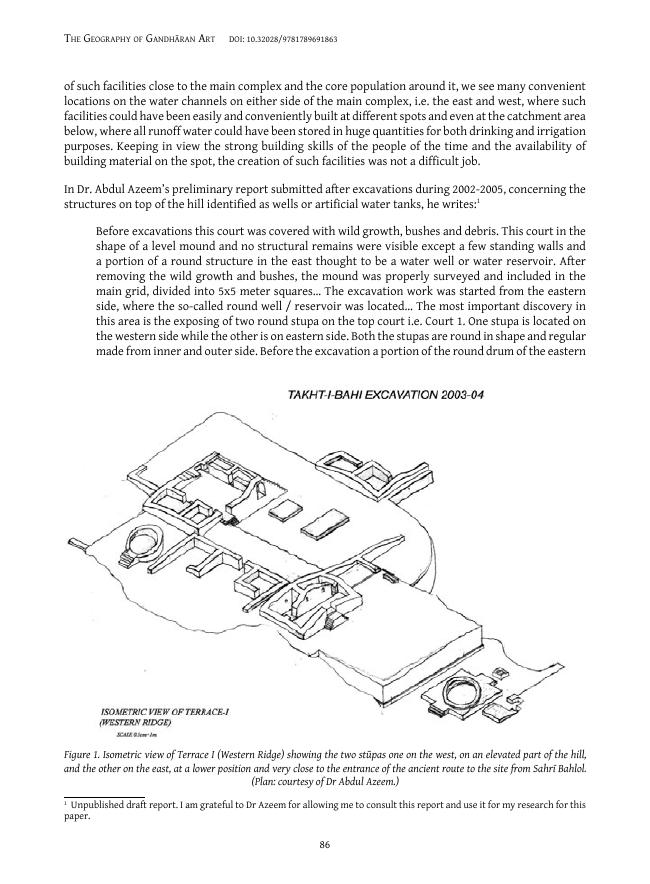2019 - Archaeopress Publishing
E-book
Digital Version
The Geography of Gandhāran Art : Proceedings of the Second International Workshop of the Gandhāra Connections Project, University of Oxford, 22nd-23rd March, 2018
200 p.
- Gandhāran art is usually regarded as a single phenomenon – a unified regional artistic tradition or âÂschool'. Indeed it has distinctive visual characteristics, materials, and functions, and is characterized by its extensive borrowings from the Graeco-Roman world. Yet this tradition is also highly varied. Even the superficial homogeneity of Gandhāran sculpture, which constitutes the bulk of documented artistic material from this region in the early centuries AD, belies a considerable range of styles, technical approaches, iconographic choices, and levels of artistic skill. The geographical variations in Gandhāran art have received less attention than they deserve. Many surviving Gandhāran artefacts are unprovenanced and the difficulty of tracing substantial assemblages of sculpture to particular sites has obscured the fine-grained picture of its artistic geography. Well documented modern excavations at particular sites and areas, such as the projects of the Italian Archaeological Mission in the Swat Valley,.
- have demonstrated the value of looking at sculptures in context and considering distinctive aspects of their production, use, and reuse within a specific locality. However, insights of this kind have been harder to gain for other areas, including the Gandhāran heartland of the Peshawar basin. Even where large collections of artworks can be related to individual sites, the exercise of comparing material within and between these places is still at an early stage. The relationship between the Gandhāran artists or âÂworkshops', particular stone sources, and specific sites is still unclear. Addressing these and other questions, this second volume of the Gandhāra Connections project at Oxford University's Classical Art Research Centre presents the proceedings of a workshop held in March 2018. Its aim is to pick apart the regional geography of Gandhāran art, presenting new discoveries at particular sites, textual evidence, and the challenges and opportunities of exploring Gandhāra's artistic geography.
- Special access authorizations may apply; please contact us for further information.
-
Information
ISBN: 9781789691870
DISCIPLINES
KEYWORDS
- Gandhāra, Pakistan, South Asia, Art, Graeco-Roman influence



